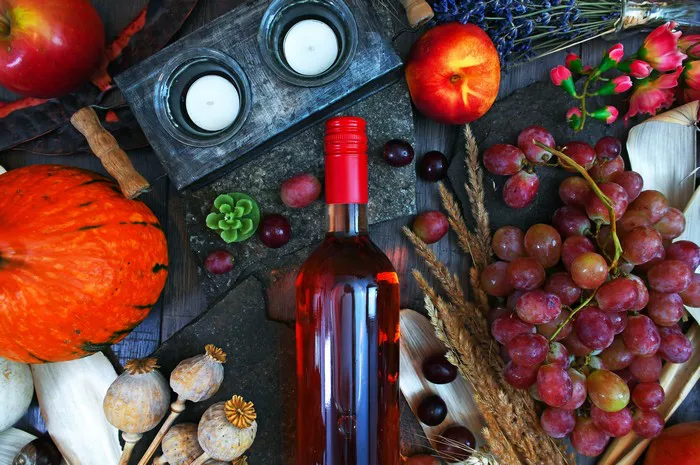Introduction to Merlot
Merlot, with its dark blue color, stands as a distinguished wine grape variety celebrated for its versatility in both blending and varietal wines. Originating in France, Merlot has gained global recognition for its role in producing a spectrum of wines catering to diverse palates.
Origins and Name
The name “Merlot” is believed to derive from the French word “merle,” which translates to blackbird. This nomenclature likely stems from the grape’s deep blue hue, reminiscent of the bird’s plumage. The association with the blackbird speaks to the grape’s intrinsic coloration, setting the stage for the rich wines it produces.
See Also: Wine Down, Don’t Freak Out: How to Clean Wine Out of Clothes
Parentage and Relationship
Studies have unveiled Merlot’s familial ties, linking it closely with Cabernet Franc and Carmenere. DNA analysis has revealed Merlot to be a progeny resulting from a union between Cabernet Franc and the lesser-known grape Magdeleine Noire des Charentes. This genetic lineage sheds light on Merlot’s heritage, elucidating its flavor profile and characteristics.
Role in Bordeaux Blends
Merlot occupies a prominent position in Bordeaux blends, sharing the stage with esteemed companions like Cabernet Sauvignon, Cabernet Franc, Malbec, and Petit Verdot. As the most widely cultivated grape in Bordeaux, Merlot contributes to the plushness and roundness of Bordeaux blends, imparting a velvety texture and harmonious balance to the final product.
Global Popularity
Beyond Bordeaux, Merlot enjoys widespread popularity across international markets, earning its status as one of the most beloved red wine varietals globally. Its adaptability has propelled it to become one of the most cultivated grape varieties worldwide, cherished by winemakers and consumers alike for its consistent quality and approachable nature.
Styles of Merlot
Merlot exhibits two distinct styles, each reflecting the influence of terroir and winemaking practices:
International Style: Predominant in New World wine regions, this style emphasizes late harvesting to produce deeply pigmented wines with elevated alcohol content and opulent, velvety tannins. Characterized by intense notes of plum and blackberry, these wines exude a lavish richness that captivates the senses.
Bordeaux Style: Rooted in tradition, this style prioritizes earlier harvesting to preserve acidity, yielding medium-bodied wines with moderate alcohol levels. Exhibiting vibrant red fruit flavors such as raspberries and strawberries, these wines maintain a refreshing quality, occasionally accompanied by hints of leafy, vegetal nuances.
Conclusion
In conclusion, Merlot’s journey from its origins in Bordeaux to its global acclaim underscores its unparalleled versatility and enduring appeal. As a cornerstone of Bordeaux blends and a revered varietal in its own right, Merlot continues to captivate wine enthusiasts with its nuanced expressions and diverse styles. Whether enjoyed as part of a Bordeaux blend or as a standalone varietal, Merlot stands as a testament to the artistry of winemaking and the enduring allure of fine wine.


